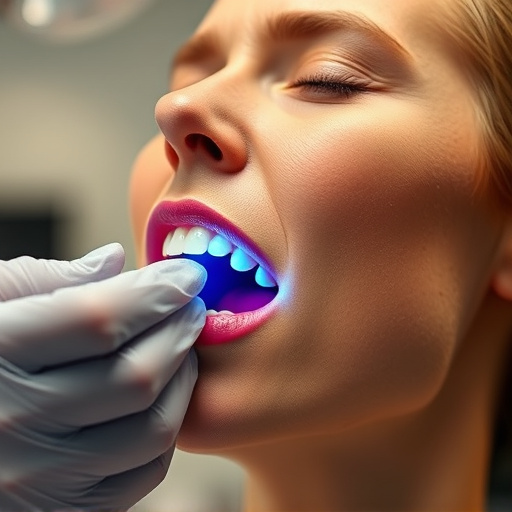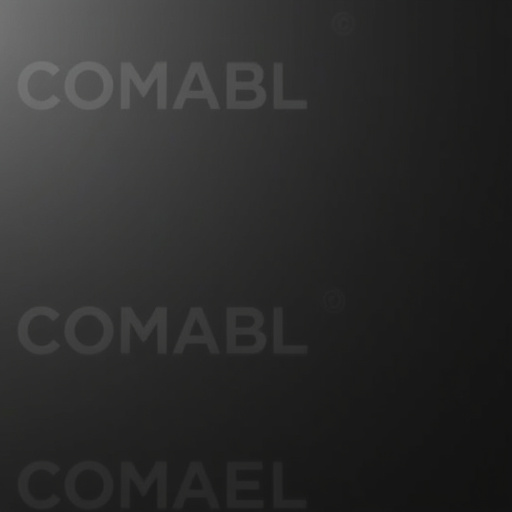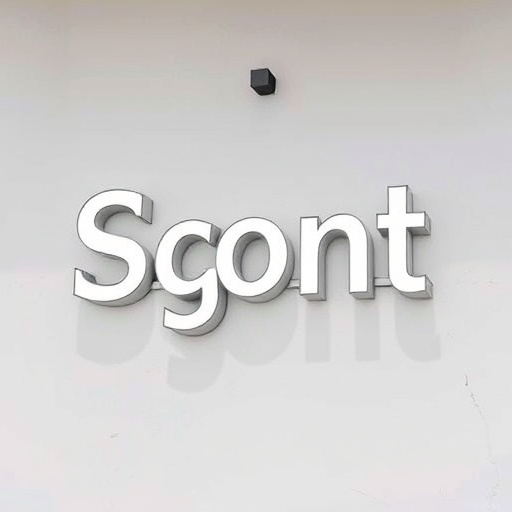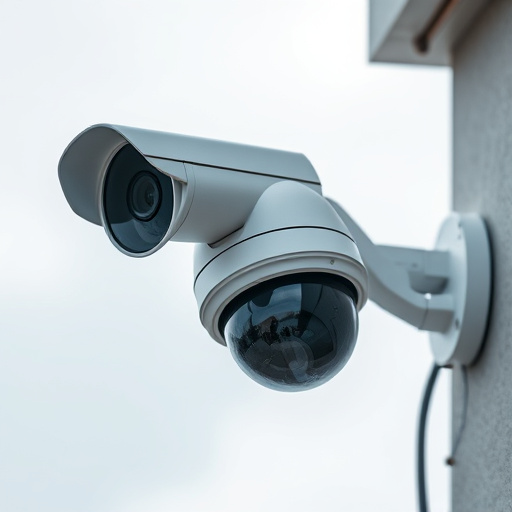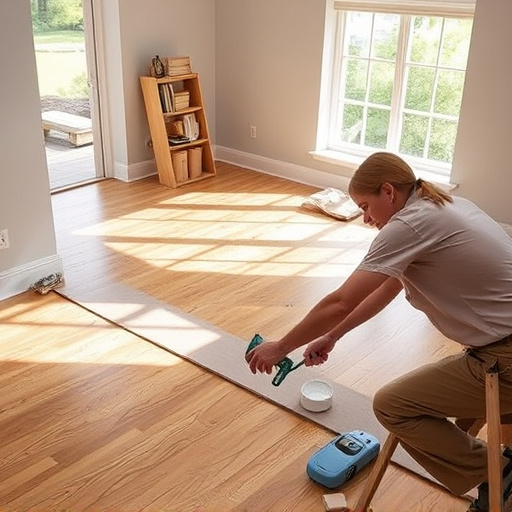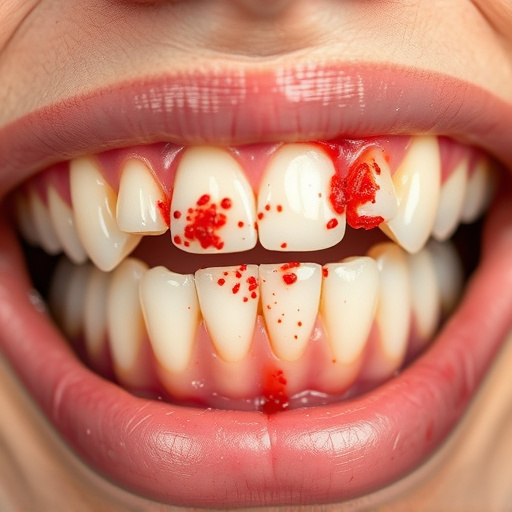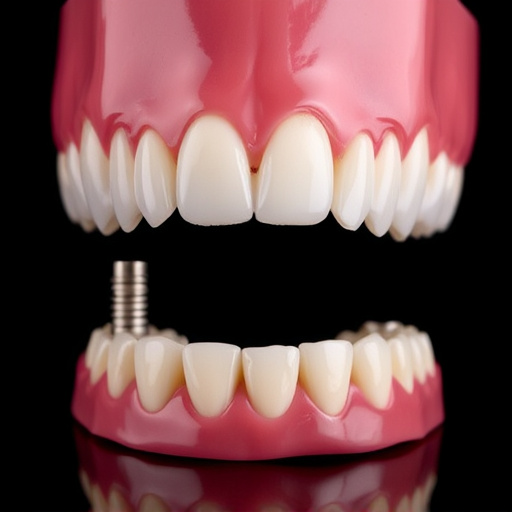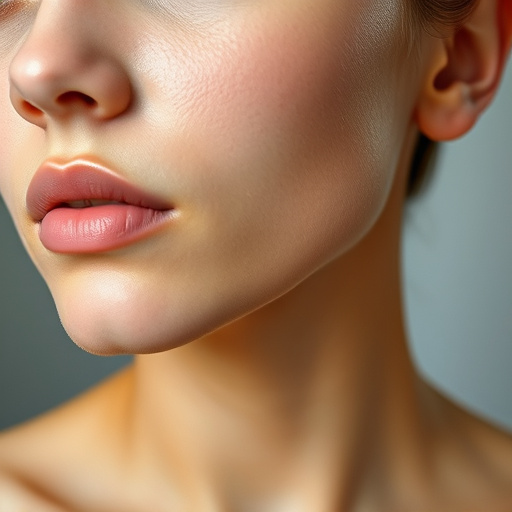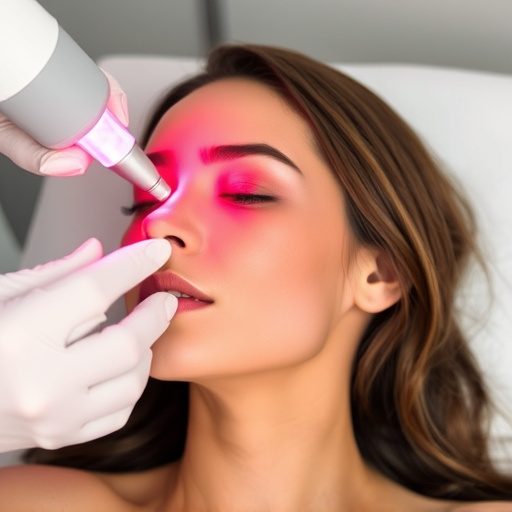Scar reduction therapy offers diverse solutions for keloids, hypertrophic, and flat scars, with non-surgical methods like skincare routines, laser therapy, and microneedling alongside surgical excision. Advances in non-invasive techniques provide gentle alternatives, improving skin texture and minimizing side effects. Microneedling, pore refinement, and laser therapy are effective for facial areas, while surgical approaches cater to severe cases, combining treatments for optimal scar reduction outcomes.
“Uncover effective scar reduction therapy options for keloids, hypertrophic, and flat scars. These unusual growths can be unsightly and uncomfortable, but advanced treatments offer hope for improvement. From understanding the distinct characteristics of each scar type to exploring non-surgical techniques like topical creams, fillers, and laser therapy, this guide delves into effective approaches for achieving optimal results. Discover how these modern methods enhance healing and reshape your skin’s appearance.”
- Understanding Keloid, Hypertrophic, and Flat Scars
- Exploring Non-Surgical Scar Reduction Options
- Effective Treatment Approaches for Optimal Results
Understanding Keloid, Hypertrophic, and Flat Scars
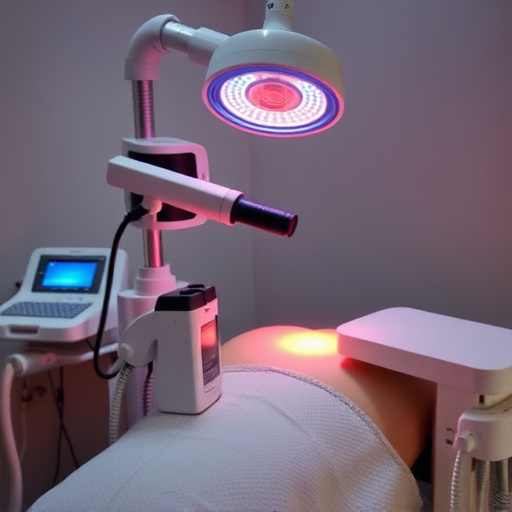
Scars are a natural part of healing, but some types can be more noticeable and uncomfortable than others. Keloids, hypertrophic scars, and flat scars differ in their appearance and formation. Keloids, characterized by thick, raised, and often discolored tissue, tend to form when excess collagen is produced during the healing process. Hypertrophic scars, while similar in appearance, are generally smaller and less elevated than keloids. Flat scars result from skin stretching or trauma, creating a flat but still visible mark.
Understanding these distinct scar types is crucial when considering scar reduction therapy. Non-surgical treatments, like personalized skincare routines and targeted topical applications, can be effective for all types. For more pronounced scars, such as keloids and hypertrophic scars, specialized techniques including laser therapy and microneedling may be recommended. These non-invasive procedures work to stimulate collagen production, improve skin texture, and minimize the appearance of scars over time.
Exploring Non-Surgical Scar Reduction Options
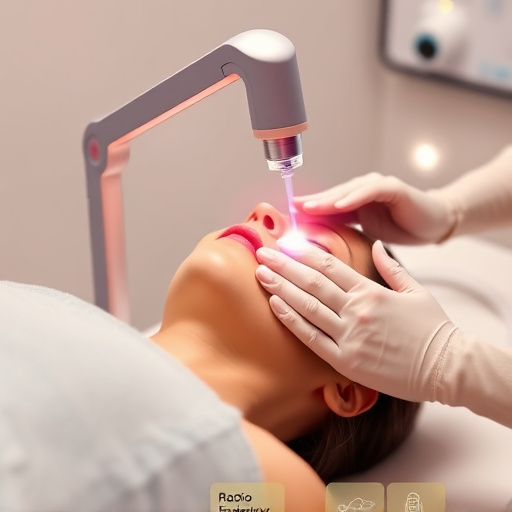
When it comes to scar reduction, many individuals seek non-surgical options as a preferred route, especially for more sensitive areas like the face. Scar revision is no longer confined to surgical procedures; various non-invasive techniques have emerged as game-changers in scar management. These methods offer a gentle approach to achieving smoother, less noticeable scars without incisions or extensive downtime.
Non-surgical scar reduction therapies, such as topical treatments, microdermabrasion, and laser therapy, are gaining popularity for their effectiveness and minimal side effects. Facial treatments tailored for scar revision can target keloids, hypertrophic scars, and even flat scars, providing visible improvements in texture and appearance. Body contouring techniques, while often associated with aesthetic goals, also play a significant role in scar management, offering a holistic approach to achieving flawless, scar-free skin.
Effective Treatment Approaches for Optimal Results
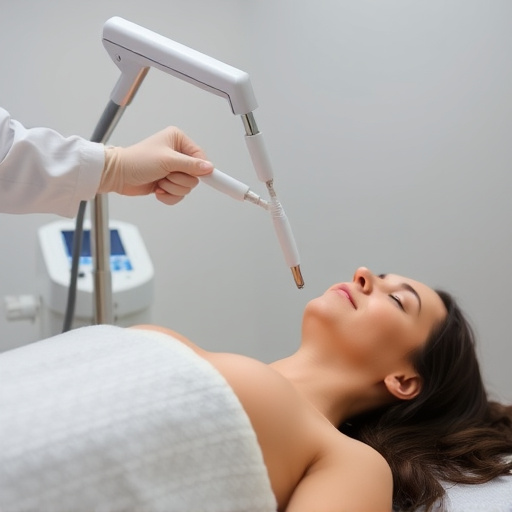
Scar reduction therapy has evolved to offer a range of effective treatment approaches for optimal results when addressing keloids, hypertrophic, and flat scars. One promising method is microneedling therapy, which involves using fine needles to create tiny punctures in the skin, stimulating collagen production and improving scar texture and appearance over time. This technique is particularly beneficial for facial treatments, as it can help refine pores and enhance overall skin smoothness.
Another popular and successful approach is pore refinement, which utilizes specialized tools or chemical solutions to minimize the appearance of scars by smoothing out surface irregularities. Additionally, surgical excision and laser therapy are considered for more severe cases, aiming to reduce scar tissue through precise cutting or targeted light energy. Combining these treatments tailored to individual needs can significantly enhance scar reduction outcomes, ensuring patients achieve smoother, more even skin.
Scar reduction therapy has advanced significantly, offering hope and improved outcomes for those dealing with keloids, hypertrophic, or flat scars. By understanding the unique characteristics of each scar type and exploring a range of non-surgical options, individuals can achieve more natural-looking skin. Effective treatment approaches, including specialized topical treatments, laser therapies, and filler injections, empower patients to reclaim their confidence and embrace a smoother, flatter complexion. With continued research and innovative techniques, scar reduction therapy continues to evolve, providing enhanced possibilities for optimal results.
